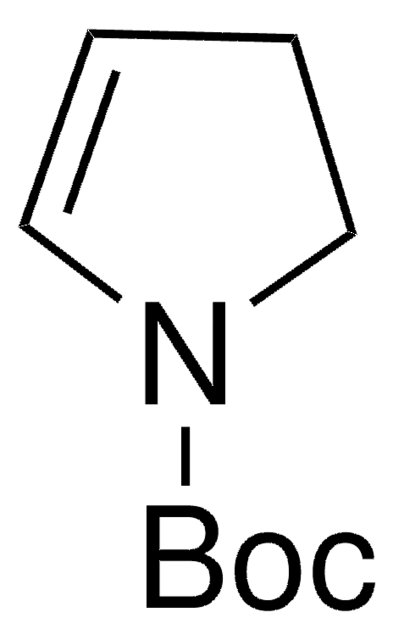44113
Cyclohexanol
analytical standard
About This Item
Productos recomendados
grado
analytical standard
Nivel de calidad
densidad de vapor
3.5 (vs air)
presión de vapor
0.98 mmHg ( 25 °C)
Análisis
≥98.5% (GC)
temp. de autoignición
572 °F
caducidad
limited shelf life, expiry date on the label
lim. expl.
12.25 %
técnicas
HPLC: suitable
gas chromatography (GC): suitable
impurezas
≤0.5% cyclohexanone (GC)
≤0.5% water
índice de refracción
n20/D 1.465 (lit.)
bp
160-161 °C (lit.)
mp
20-22 °C (lit.)
densidad
0.948 g/mL at 25 °C (lit.)
aplicaciones
cleaning products
cosmetics
flavors and fragrances
food and beverages
personal care
formato
neat
cadena SMILES
OC1CCCCC1
InChI
1S/C6H12O/c7-6-4-2-1-3-5-6/h6-7H,1-5H2
Clave InChI
HPXRVTGHNJAIIH-UHFFFAOYSA-N
¿Está buscando productos similares? Visita Guía de comparación de productos
Categorías relacionadas
Aplicación
Palabra de señalización
Warning
Frases de peligro
Clasificaciones de peligro
Acute Tox. 4 Dermal - Acute Tox. 4 Inhalation - Acute Tox. 4 Oral - Aquatic Chronic 3 - Eye Irrit. 2 - Skin Irrit. 2 - STOT SE 3
Órganos de actuación
Respiratory system
Código de clase de almacenamiento
10 - Combustible liquids
Clase de riesgo para el agua (WGK)
WGK 1
Punto de inflamabilidad (°F)
147.2 °F - closed cup - DIN 51794
Punto de inflamabilidad (°C)
64 °C - closed cup - DIN 51794
Choose from one of the most recent versions:
¿Ya tiene este producto?
Encuentre la documentación para los productos que ha comprado recientemente en la Biblioteca de documentos.
Los clientes también vieron
Nuestro equipo de científicos tiene experiencia en todas las áreas de investigación: Ciencias de la vida, Ciencia de los materiales, Síntesis química, Cromatografía, Analítica y muchas otras.
Póngase en contacto con el Servicio técnico









